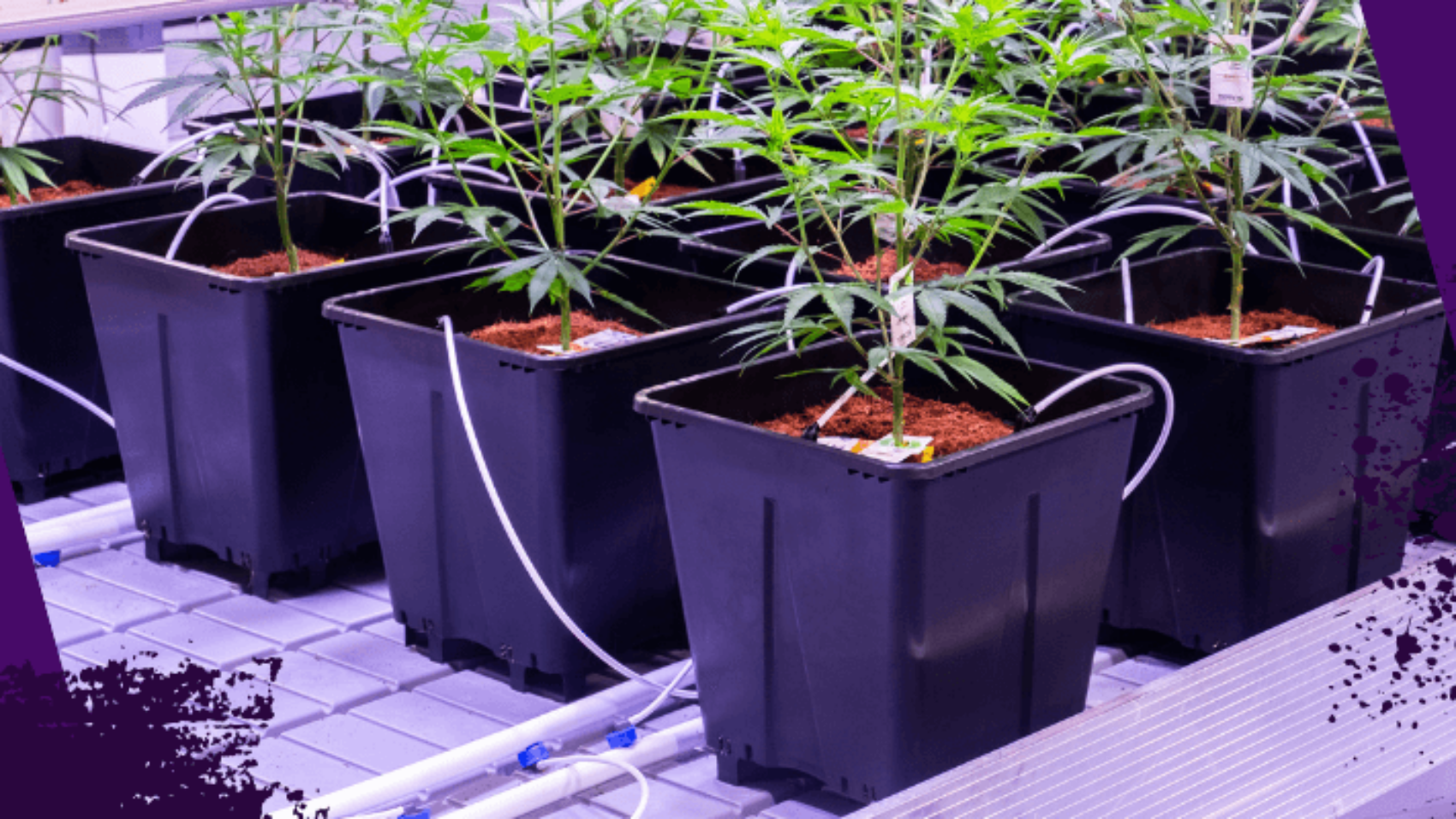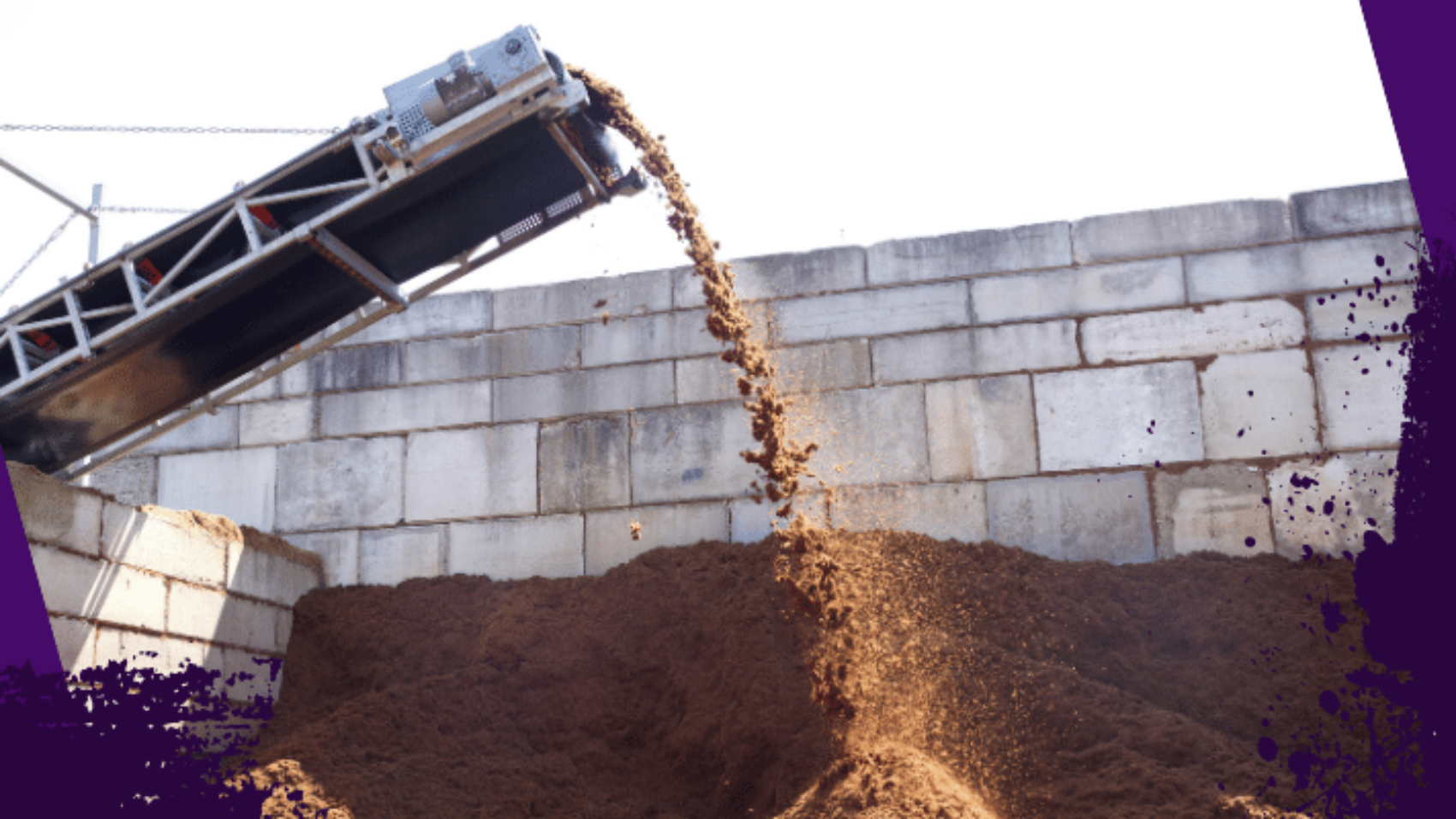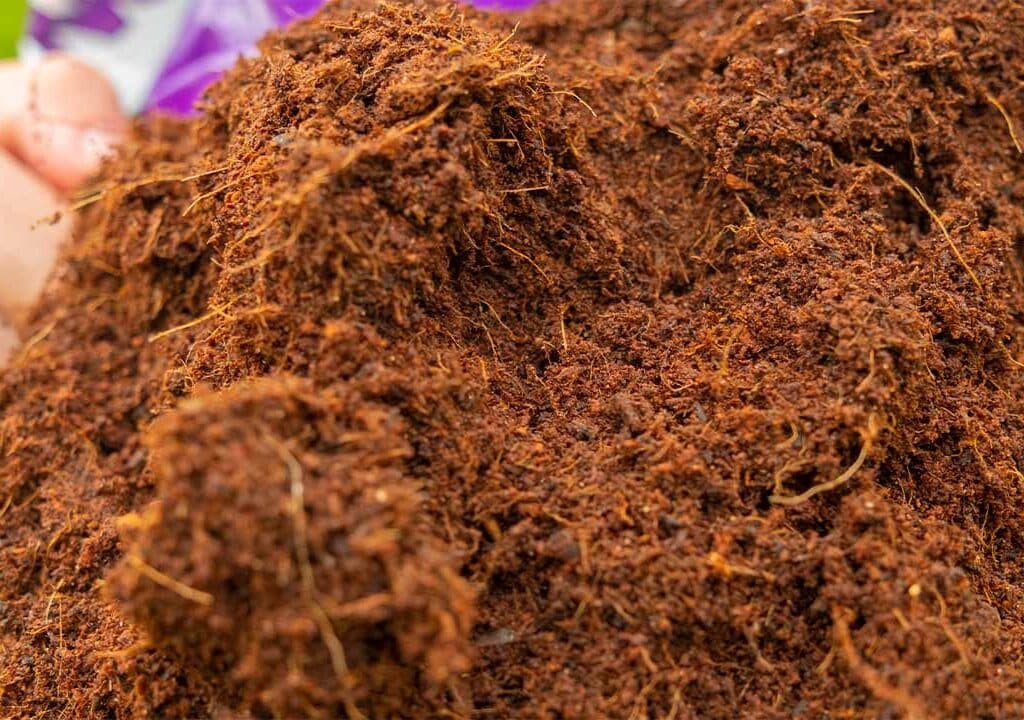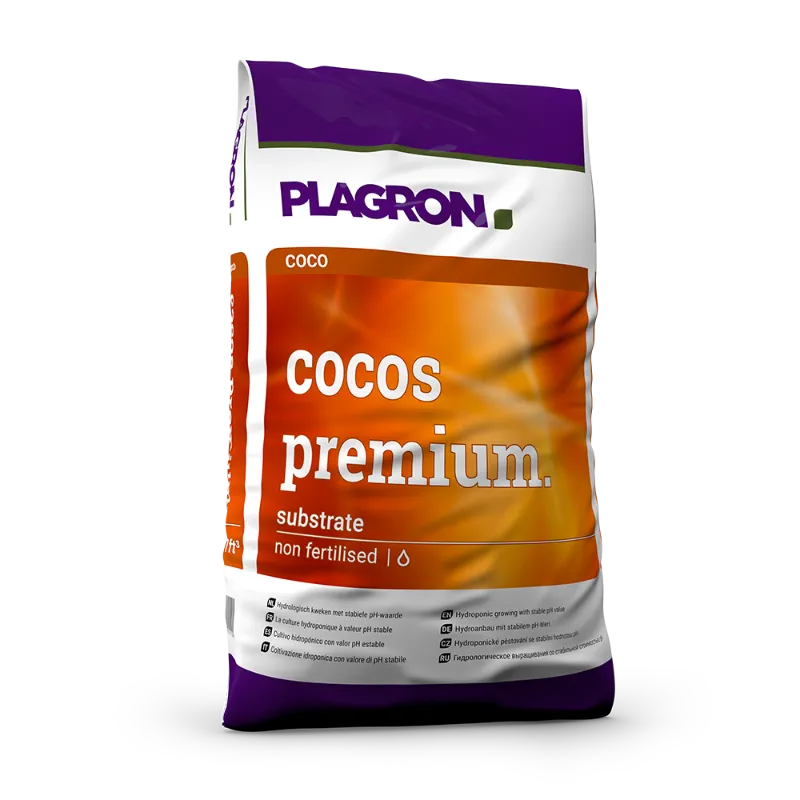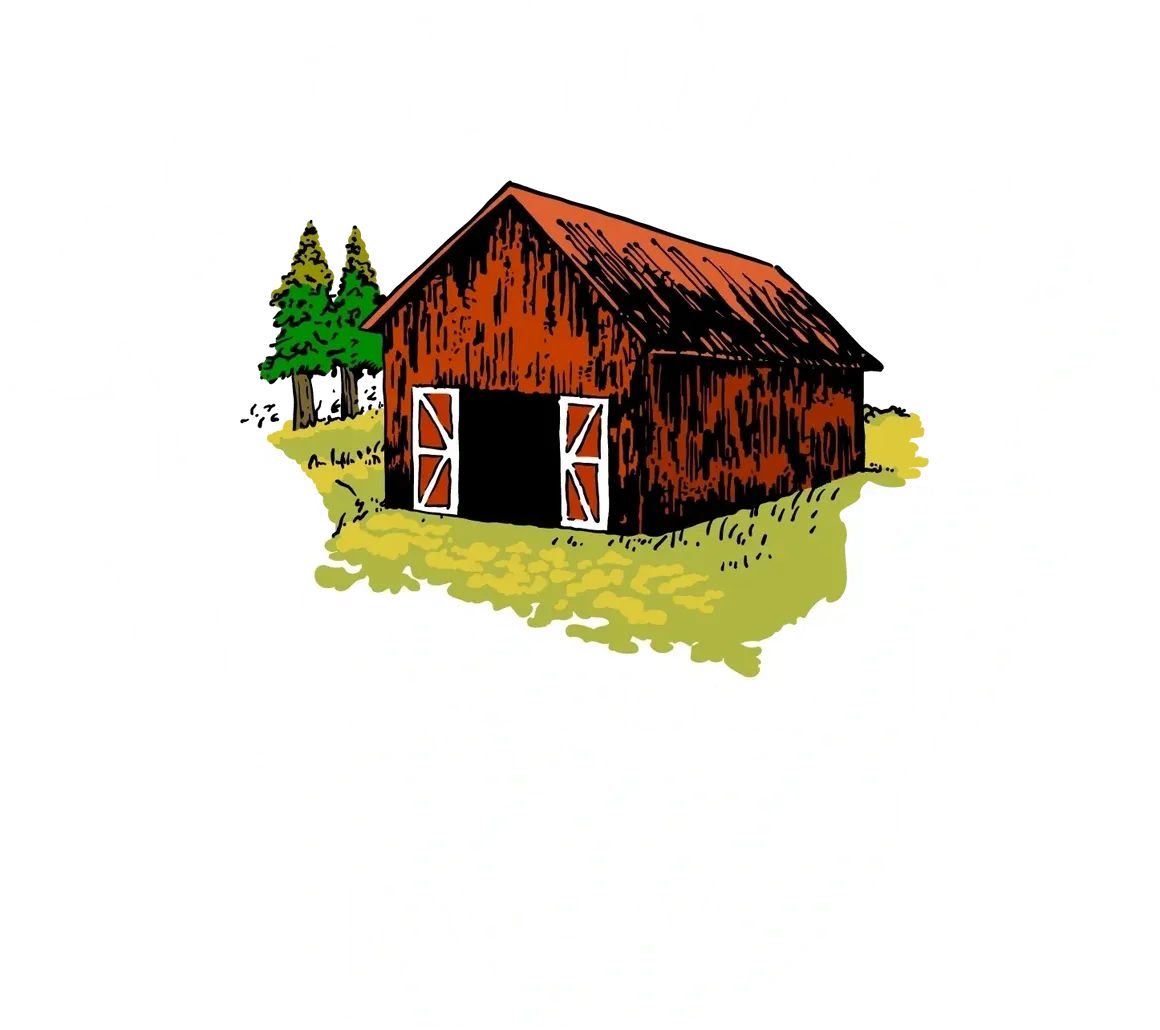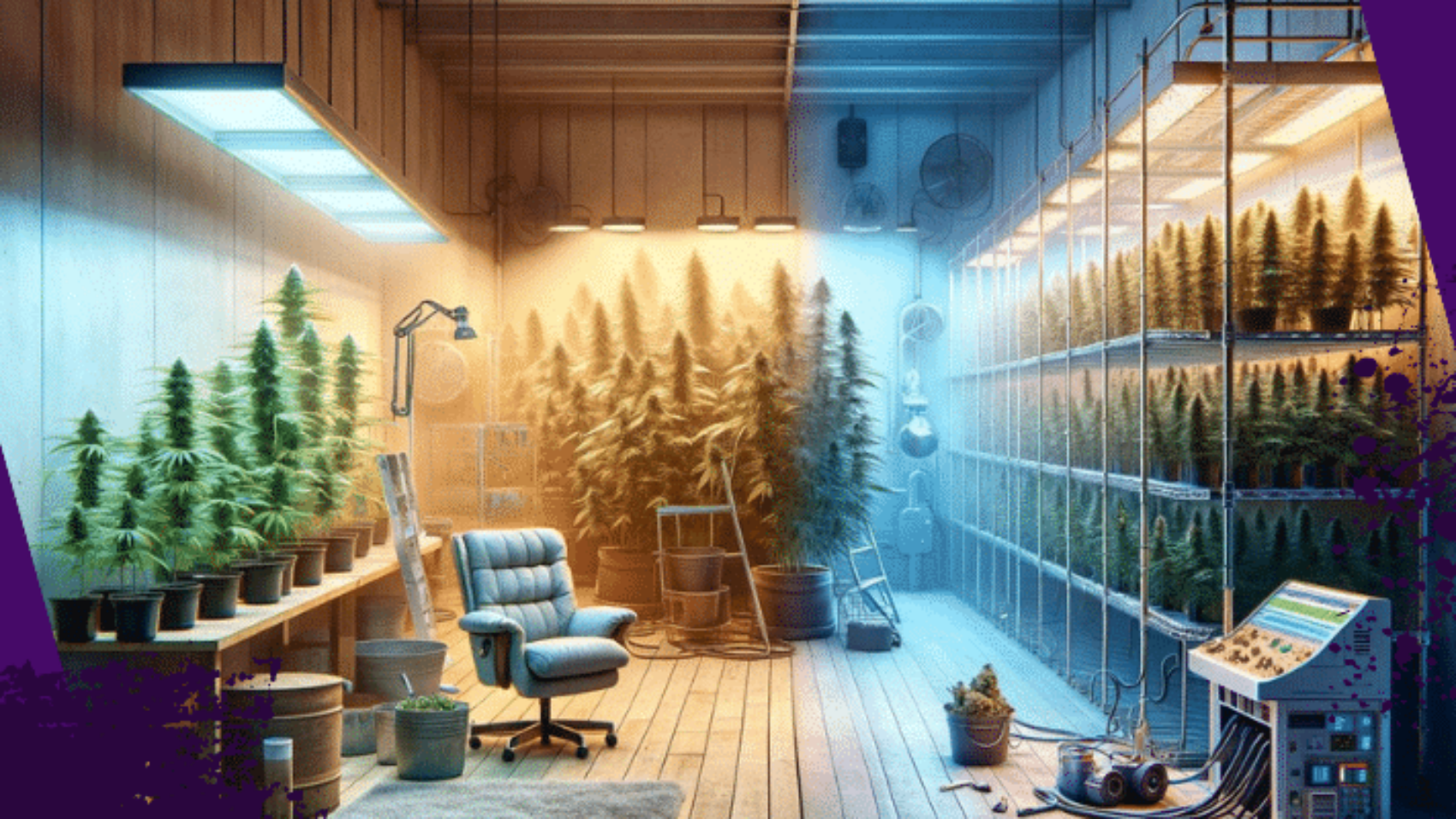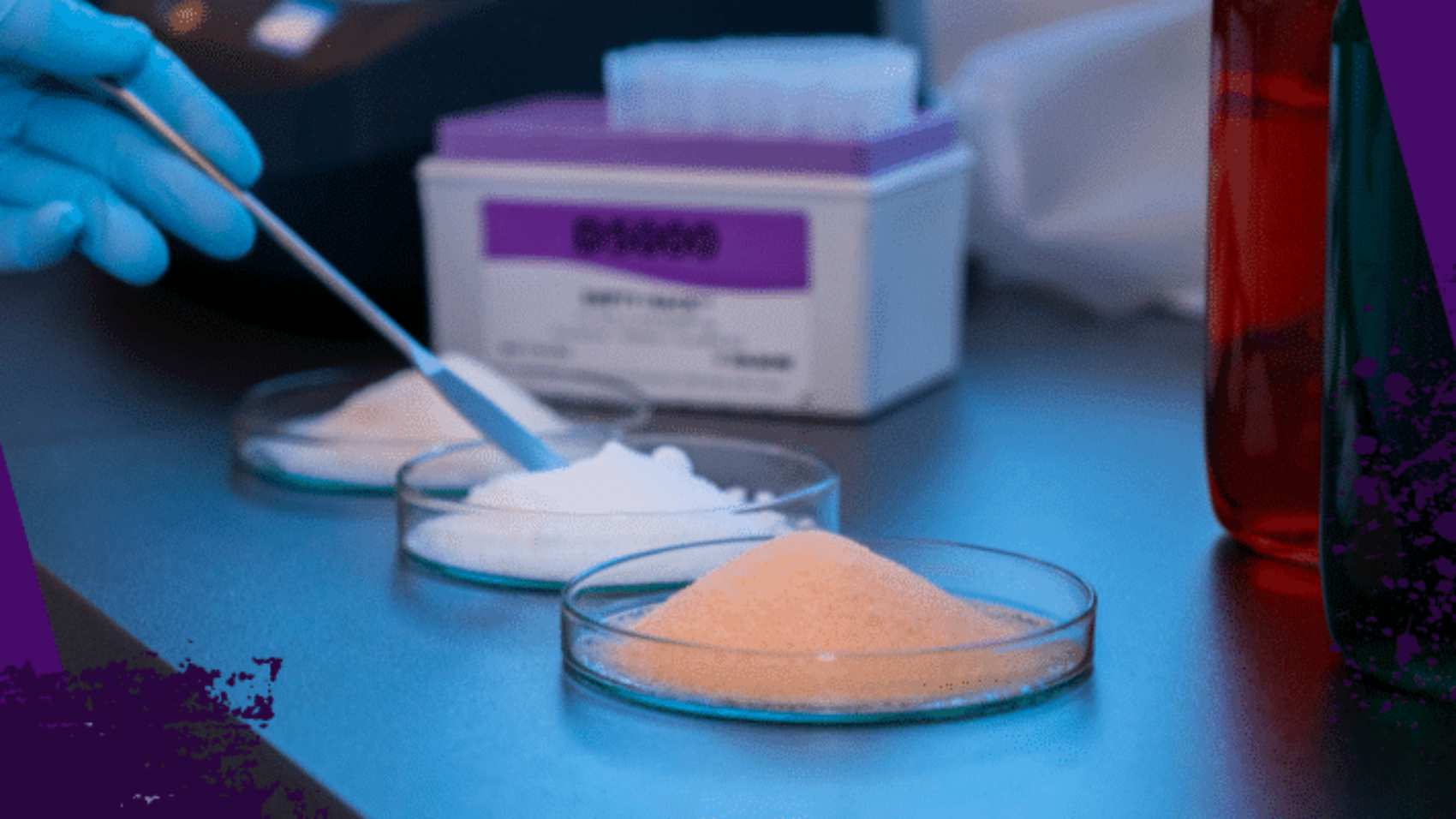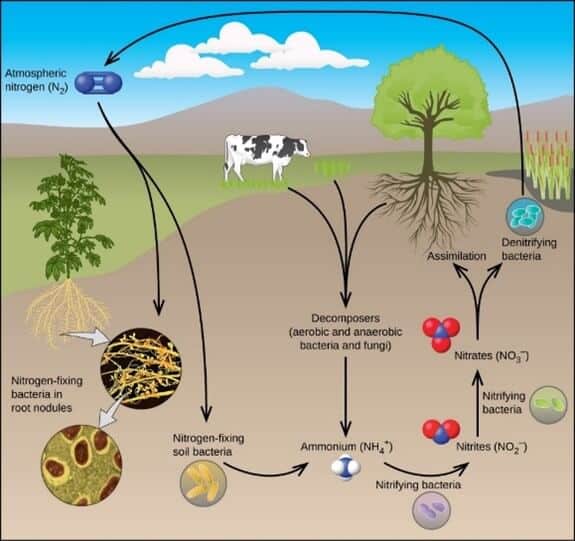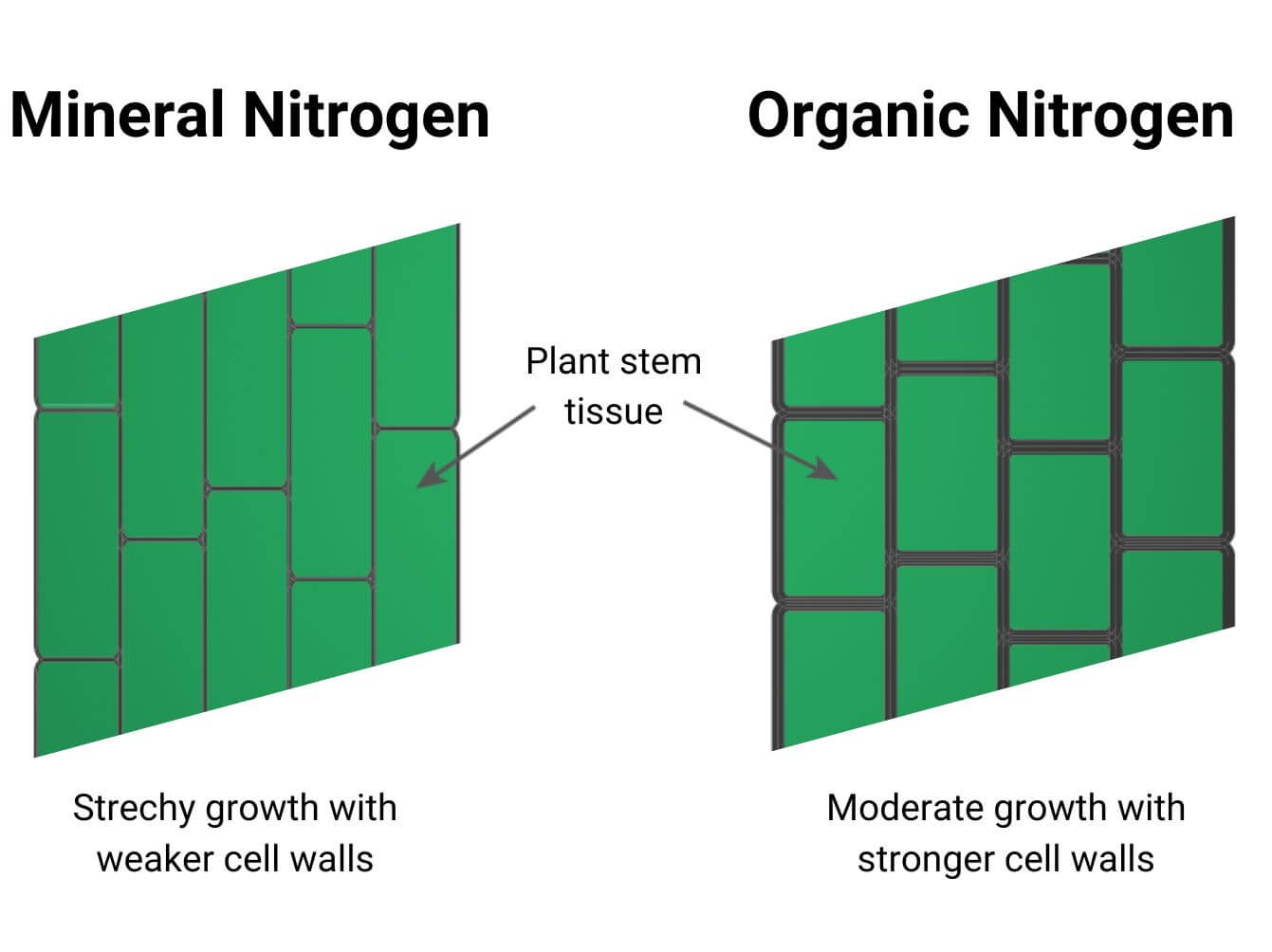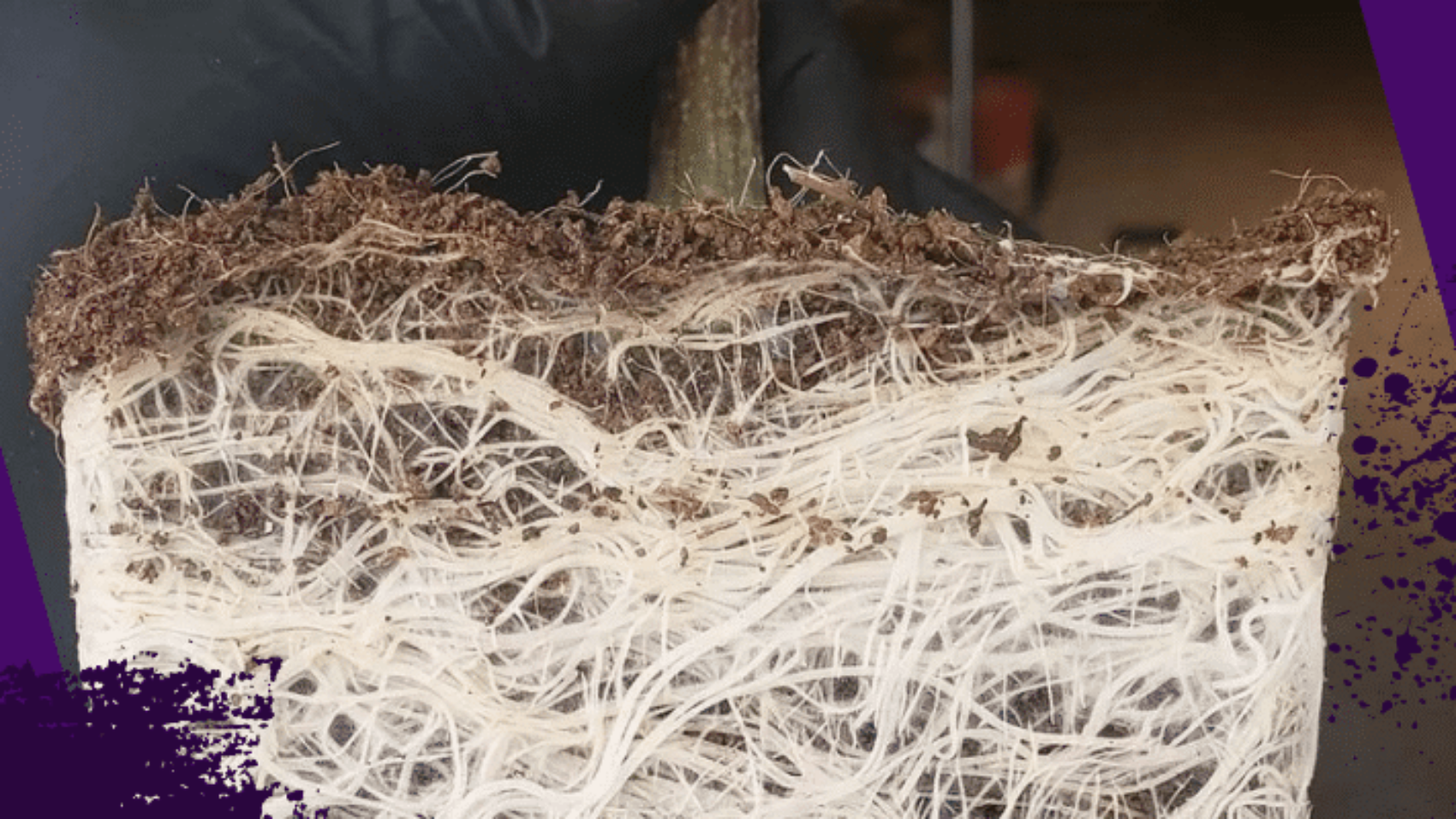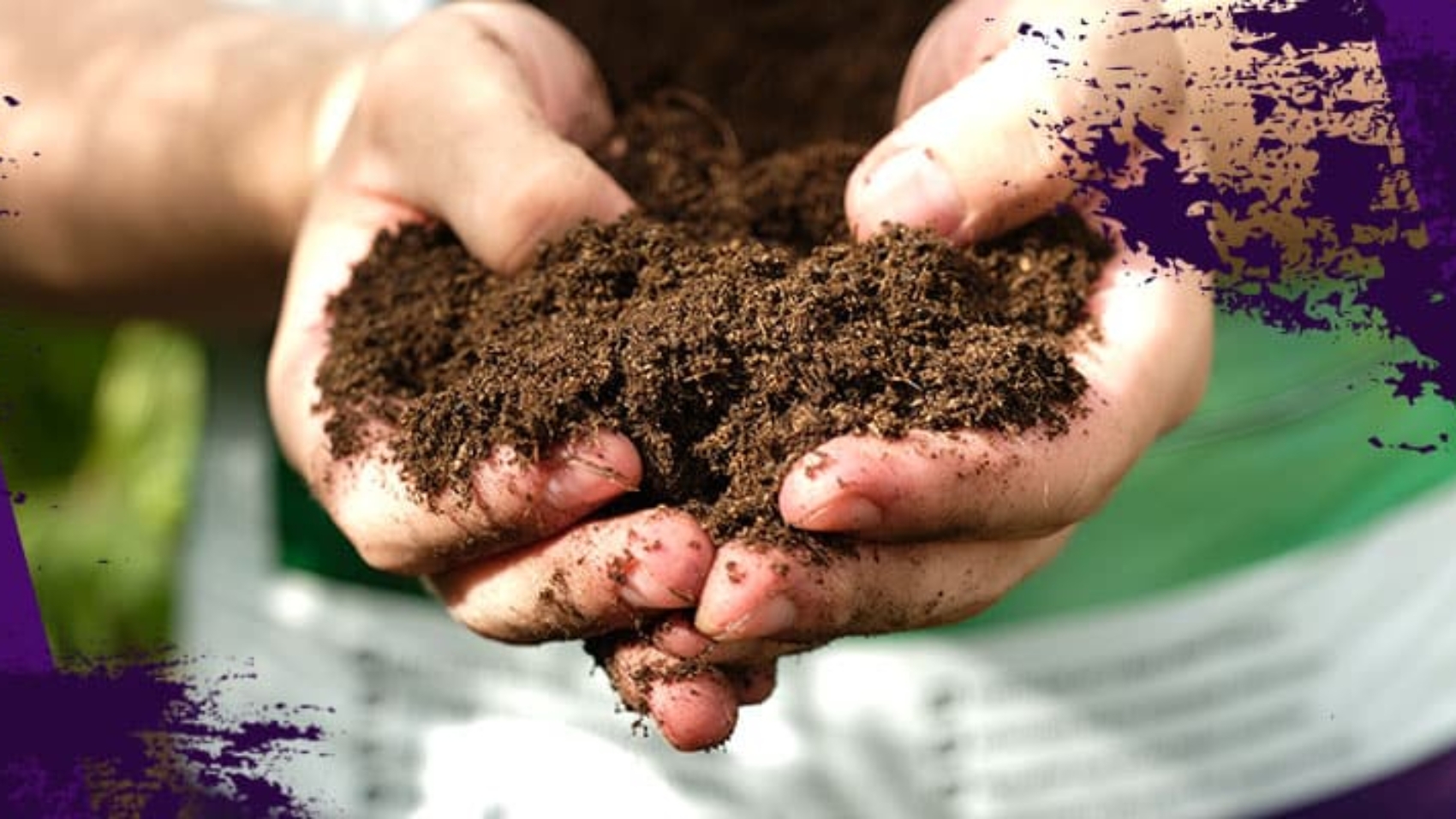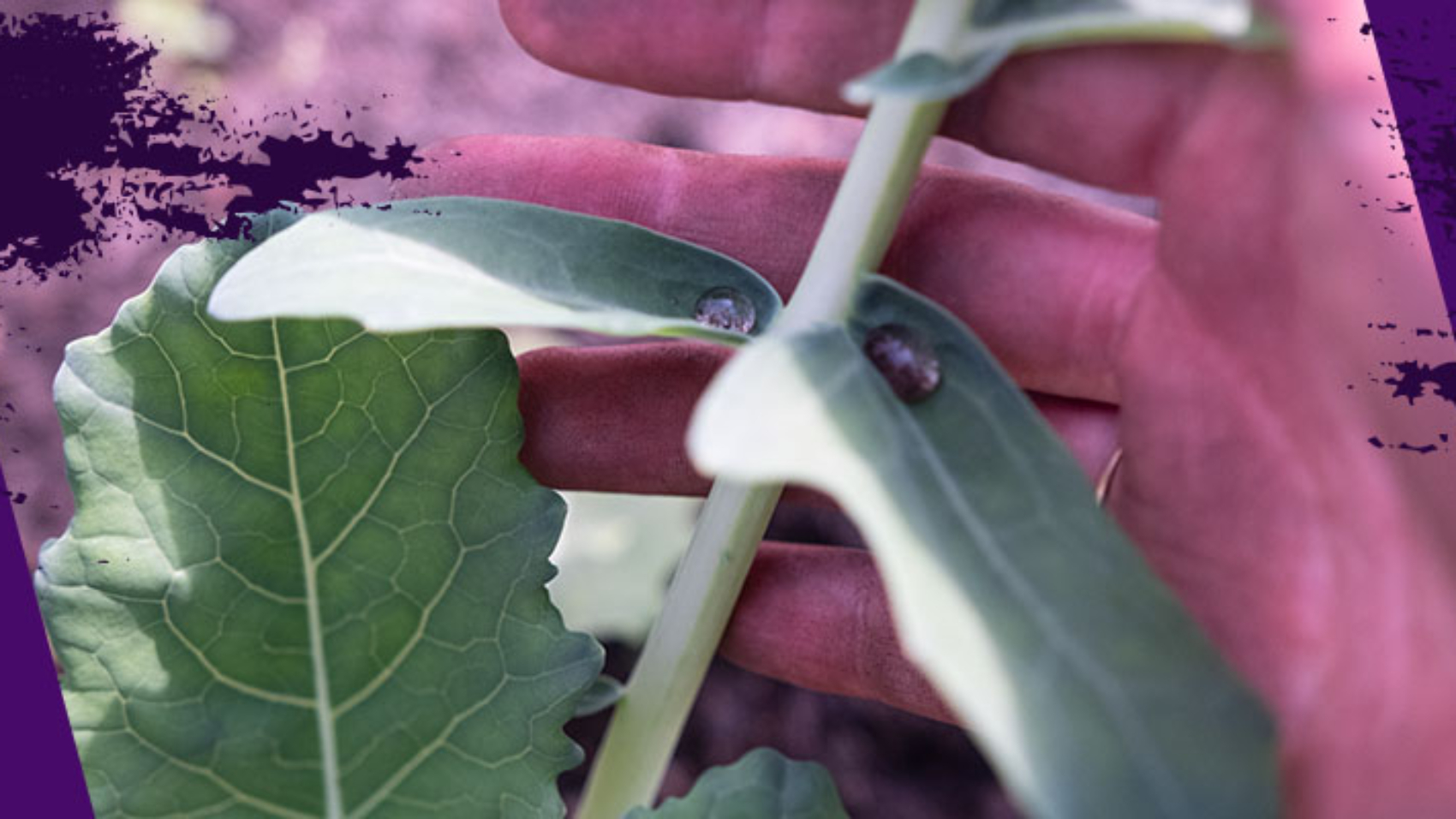iscover the challenges of biofilm formation in cannabis irrigation systems and effective strategies for prevention. Learn about the impact of biofilms on water flow and plant health, and explore maintenance techniques to keep your irrigation system clean and efficient. Ensure optimal plant growth and yield with our comprehensive guide.
Do I need a substrate?
Growing outdoors for beginners. The answer depends on your choice of growing in pots or in open ground. In the last case, you already have the soil and you don’t need a substrate as such. You can however improve the soil with certain products. If you want to grow in pots, however, you’re going to need a substrate. But which one do you use?
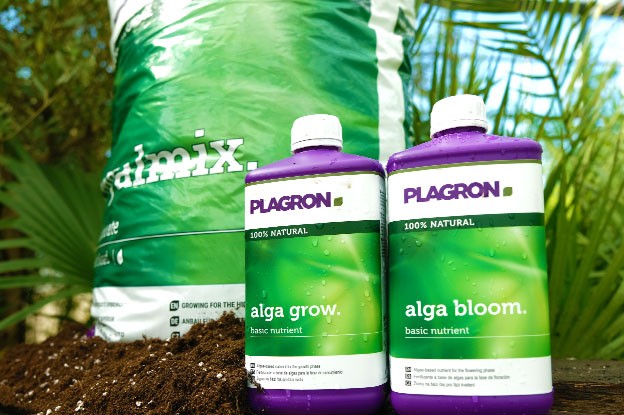
Choosing a substrate
The choice of a substrate is an important decision for a grower. You need to take into account the goal of your cultivation, your own experience and your budget. Every substrate has specific properties and affects your plants in different ways. For the beginning grower, a peat based substrate with rich microbiological life and several weeks prefertilisation is recommended. Ideally the substrate is designed to work with organic fertilisation. A more experienced grower could use shorter prefertilisation and mineral nutrients. This combination is geared towards larger and quicker harvests, but it’s harder to use because the grower will have to check and control the pH values closely. Plagron has two grow styles with peat based substrates:
- 100% NATURAL. With one exception all substrates in this grow style are prefertilised for six weeks. You get the best results in combination with the algae based, organic nutrition Alga Grow and Alga Bloom. This grow style is focused on the best quality of your end product and it’s very suitable for first time growers. These substrates contain a lot of peat, which gives them a high water retention capacity. This means you’ll have to water your plants less frequently, like once every three to five days. Be careful not to over water your plant, since this will leave the substrate too moist.
- 100% TERRA. These substrates are prefertilised for much shorter periods and they are designed to work with the mineral nutritions Terra Grow and Terra Bloom. This combination is focused on a large harvest in a shorter time, but it also has a drawback: it’s a little harder to use. You need to keep track of the pH value. Every mineral has an ideal pH range for optimal uptake by the plant. If the pH value falls out of this range the roots can’t take up the specific mineral. This means the plant won’t get the necessary nutrients and it might develop deficiency symptoms. Always check the pH value of your nutrient solution and bring it to pH 6. Ideal pH for your substrate is between 6.0 and 7.0.
Apart from soil based substrates, there are alternatives made of coconut fiber or clay pellets. These are more suitable for advanced growers, because they work best with two component mineral nutrients and a hydrological watering system.
Do you want to know more about growing outdoors?
In our download area you can find our Whitepaper “Growing outdoors for beginners in 8 languages”. Check it out right away. Are you a first time grower and do you need help? Order our Startersguide here.
Best Beginner’s Guide to Growing Healthy Plants
Not sure how to start growing your own plants? Not sure how to start growing your own plants? Your first time growing may feel difficult but it should be such an exciting experience! Growing your own plants can be easy if you know how they work and understand their needs.
Which tools and supplies do I need?
Growing outdoors for beginners. In the last topics we addressed grow boxes, pots, nutrients, additives and loads of other things. It’s a good idea to summarize what you’re going to need for your first growing project.

Which tools and supplies do I need?
- Seeds or cuttings. Obviously, you’re going to need the plant itself. You can buy seeds, recycle them from fruit or vegetables or ask for a cutting from someone who’s already growing.
- Pots and trays. You germinate the seeds and let them grow in a seed tray inside a grow box. There are also cheaper DIY alternatives. If you’re not planning to grow in open ground, you’ll need reasonably large pots. You’ll have to transplant every once in a while as the plant grows in size.
- Thermometer and hygrometer. It’s always a good idea to know how warm and humid it is.
- Tools. A garden trowel, beaker and watering can are pretty useful to plant, mix nutrient solutions and water your plants. A spray bottle can also come in very handy.
- Substrate. You’ll need a different soil for every phase of a plants’ life.
- Young seedlings go in seeding and cutting soil.
- Later on, plants will be transplanted to larger pots and finally (if you choose this method) into open soil. The pots will need to be filled with a substrate.
- Improve the soil of your planting area with worm humus.
- Base nutrition. Strictly speaking a plant needs nothing more than what nature can give it. You will get better results, however, if you add a fertilizer. A nutrition that is designed to work with the substrate is preferable.
- Sticks and supports. Once a plant gets bigger later on in the year, it will start to hang. Support it with sticks or a rack, for example made of bamboo.
Do I need base nutrition?
Growing outdoors for beginners. Plants need certain elements to reach flowering. Three of these elements can be gotten from air and water: carbon, hydrogen and oxygen. But apart from these, a plant needs other essential nutrients. An element is called essential if a plant cannot complete its life cycle without this element and no other element can take over its role. To supply your plants with these nutrient elements, you need an NPK plant fertilizer.

NPK nutrition
Nitrogen, phosphorus and potassium are the best known nutrients that plants require. But you’re not done with only these three elements because your plants need several others in order to grow and flower. Sure, they need less of each of these elements, but they’re still essential to the end result of your harvest. Plagron’s base nutrients provide your plants with these minerals.
Secondary nutrients
- Calcium. Helps with nutrient uptake and increases the stability of the cell wall.
- Magnesium. This is a component of chlorophyll, it stimulates photosynthesis and the transportation of potassium.
- Sulphur. Essential to the formation and transportation of proteins. It also catalyzes the production of chlorophyll and is good for the taste of your end product.
Micronutrients
- Iron. Helps with the production of chlorophyll, proteins and carbohydrates.
- Molybdenum. Promotes the uptake of nutrients and transforms nitrates (nitrogen) into amino acids.
- Copper. Important to carbohydrate and protein metabolism. Strengthens cells.
- Zinc. Forms growth hormones like auxine and influences the production of chlorophyll.
- Manganese. Promotes cell division (mitosis) and enhances the plants’ metabolism.
- Boron. Important to the formation of the cell walls. It also assists in the regulation of water flow.
- Silicon. One of the building blocks of cell walls.
What influence does nature have?
A plant has some basic needs: light, water, carbon dioxide, a nice temperature and humidity. By growing outdoors you get all these basics for free. This is awesome, but there’s a catch: you don’t control how much of these basics you get. Apart from that, your plant is also exposed to weather extremes.

Too much is always wrong
The weather doesn’t care about your cultivation plan. The climate in which your plants grow can’t be controlled. One day it will rain and the next the sun may shine. Your plants will adapt their growth to the situation. The rule of thumb is simple: too much of one thing is never good. Sunlight is essential, but if things are too hot and bright for a long time your plants will not be able to absorb nutrients as well. The plant will reduce leaf surfaces (shriveling) to cut down on moisture evaporation. This is a natural reaction of the plant to protect itself in an environment with no rain. On the other hand, too much rain falling and sinking into the soil will reduce the amount of oxygen. This may increase the chances of roots rotting and it will inhibit your plants’ growth.
How to protect your plants?
- Initially, you need to be sure that your seeds are comfortable being raised outdoors. This is especially important if you want to move the plants outside fairly early, around the middle of May. You need plants that can handle lower temperatures.
- Once your plants are outside, you need to ensure they get enough water without being too wet or too dry. Preference for watering are different for each species and variety, so read the description when buying seeds.
- Ensure your ground has good drainage and use soil improving products. These measures can make an excess of water reasonably controllable. The amount of sun is more difficult to control, especially when plants are fixed in open ground. Burnt pots can be relocated out of the sun. This has the added advantage that you can move your plants to a safe spot in case the weather turns bad, with hard rain, stormy wind or hail.
You can use a rain barrel to compensate for dry periods. By storing the water when it falls, you have a ready supply when it’s dry. Be aware that a rain barrel can be a breeding place for insects and microbes.

